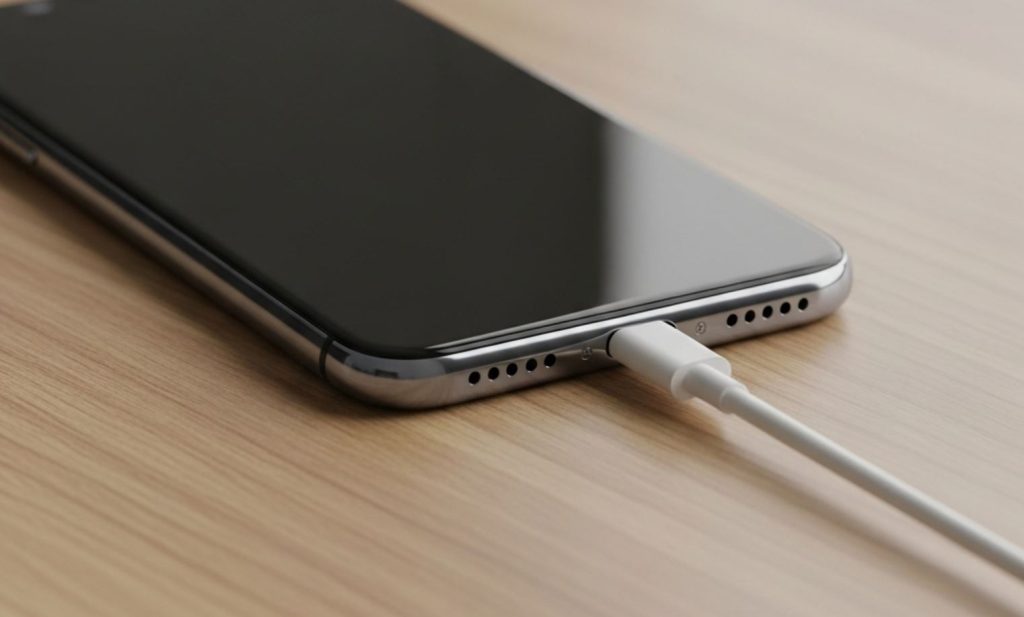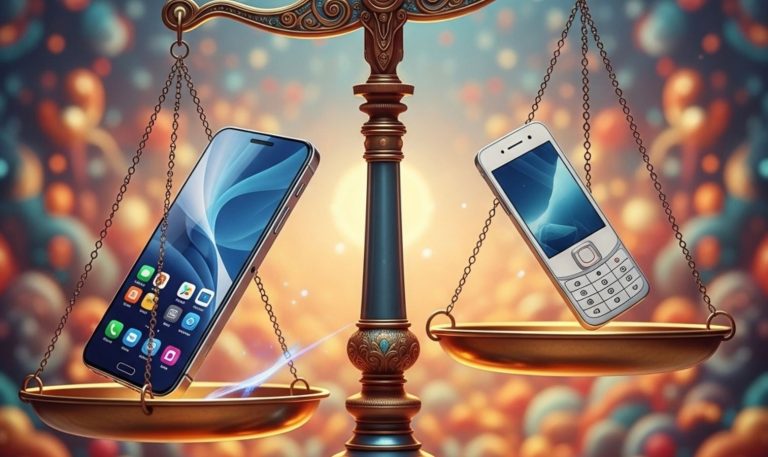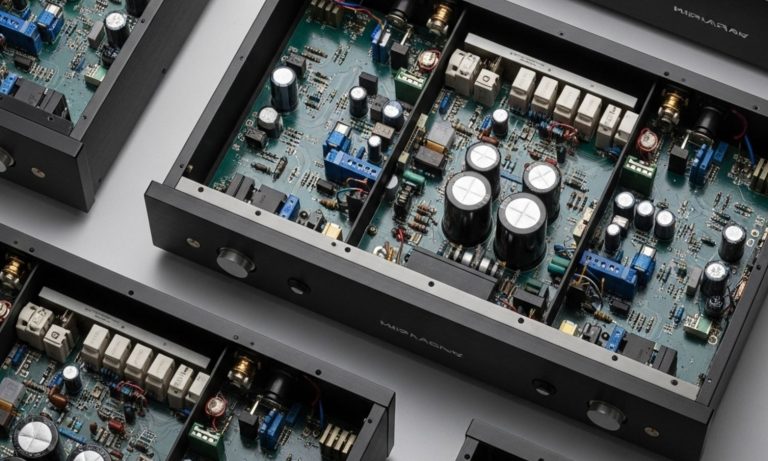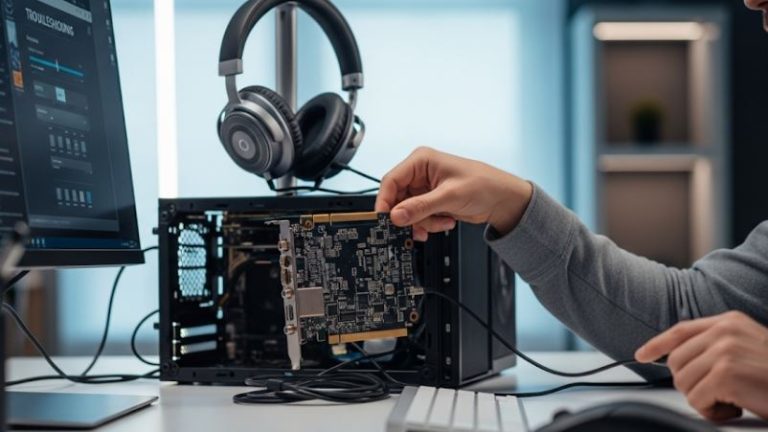
It’s a scenario familiar to us all: your phone’s battery is perilously low, but you need to send that important email, finish watching a video, or continue a call. So, you plug it in and carry on. The same goes for Bluetooth speakers; the party’s in full swing, the battery is dying, so you connect the charger and keep the music playing. But a nagging question often surfaces: is it actually bad to use our devices while they’re charging? Does this practice harm the phone, the speaker, or, most critically, the battery itself?
This question has been the subject of much debate and misinformation. To get to the bottom of it, we need to delve into how modern devices and their batteries work, with a particular focus on the primary byproduct of this activity: heat.
The single most significant factor to consider when using a device while it’s charging is heat. Both charging and actively using a device generate heat independently. When you do both simultaneously, these heat sources combine, potentially leading to higher overall temperatures.
-
Heat from Charging: The process of pushing electrical energy into a battery isn’t 100% efficient. Some energy is inevitably lost as heat. This is due to the internal resistance of the battery and the charging circuitry. Fast charging technologies, while convenient, can often generate more heat than standard charging because they push more power in a shorter time.
-
Heat from Usage: Actively using your phone or speaker also generates heat.
- Smartphones: The System on a Chip (SoC), which houses the CPU (Central Processing Unit) and GPU (Graphics Processing Unit), is a primary heat source, especially during demanding tasks like gaming, video streaming, video editing, or even prolonged video calls. The display also contributes to heat generation, as does the Wi-Fi or cellular radio when actively transmitting data.
- Speakers: While generally less complex than smartphones, Bluetooth speakers still have amplifiers, processors for decoding audio and managing Bluetooth connections, and the battery itself, all of which can generate some heat, especially at higher volumes or if they have smart features.
The Compounded Effect: When you use your device heavily while it’s plugged in, the heat from the charging process is compounded by the heat from the device’s active components. This elevated temperature is the main culprit behind potential long-term issues.
Impact on the Battery: The Primary Victim 🔋
Modern smartphones, speakers, and most portable electronics use Lithium-ion (Li-ion) batteries. While robust and energy-dense, Li-ion batteries have a known enemy: excessive heat.
-
Accelerated Degradation: Consistently exposing a Li-ion battery to high temperatures (e.g., above 35-40°C or 95-104°F) accelerates its chemical degradation. This is not about sudden failure but a faster decline in its overall lifespan and capacity. The internal chemical reactions that allow the battery to store and release energy become less efficient over time, and heat speeds up these undesirable side reactions. This means your battery will lose its ability to hold a full charge more quickly than it otherwise would. For more detailed information on battery degradation, sites like Battery University offer in-depth explanations.
-
Increased Internal Resistance: Heat can cause the internal resistance of the battery to increase over time. A battery with higher internal resistance will heat up more during charging and discharging and will be less capable of delivering power, especially for demanding tasks.
-
Stress on Battery Cells: While modern devices have sophisticated Battery Management Systems (BMS), constant high-temperature operation puts more stress on the battery cells. The BMS is designed to protect the battery from overcharging, over-discharging, and extreme temperatures by regulating the charging current and sometimes even temporarily halting charging or throttling device performance if things get too hot. However, frequently pushing the device into these temperature zones where the BMS has to intervene is a sign that the battery is under stress.
The „Pass-Through” Charging Myth and Reality: Many modern smartphones are designed with a feature often referred to as pass-through charging or charge and power bypass. The idea is that when the device is plugged in and the battery is sufficiently charged (or even while charging), the system can draw power directly from the external charger to run the device, rather than continuously charging the battery and then discharging it to power the components.
- How it helps: If implemented effectively, this can reduce the amount of heat generated by the battery itself during use-while-charging scenarios, as the battery isn’t undergoing as many charge/discharge micro-cycles. It lessens the direct „wear and tear” on the battery from constant cycling while plugged in.
- Limitations: Even with pass-through charging, the device’s components (SoC, display) will still generate heat from usage, and the charging circuitry itself will generate some heat. If the power demand from usage is very high, the device might still draw some power from the battery simultaneously, or the overall system temperature can still become elevated. So, while beneficial, it doesn’t entirely eliminate the heat problem if you’re pushing your device hard.
Therefore, while the act of simply being plugged in and used lightly (like Browse or texting) might not significantly harm the battery due to modern power management, intensive use while charging (like heavy gaming or video rendering) is still a concern due to the total heat generated.
Impact on the Device Itself (Beyond the Battery) 📱🔊
While the battery is often the component most sensitive to heat, other parts of your phone or speaker can also be affected by prolonged exposure to high temperatures.
-
System on a Chip (SoC) Performance and Lifespan: The CPU and GPU are designed to operate within certain temperature ranges. If they get too hot, they will thermally throttle, meaning the system will deliberately slow them down to prevent overheating and damage. You might notice this as lag, stuttering, or reduced frame rates during gaming. While thermal throttling is a protective measure, consistently running your device hot enough to trigger it can potentially shorten the lifespan of the SoC and other sensitive electronic components on the motherboard over a very long period.
-
Display: Some display technologies can be temporarily or, in extreme and rare cases, permanently affected by excessive heat. You might see temporary discoloration or image retention if the screen gets very hot.
-
Adhesives and Seals: Internally, smartphones use adhesives and seals for various components, including holding the screen in place and providing water resistance. Prolonged exposure to high heat can potentially weaken these adhesives over time, though this is usually a concern with extreme or very frequent overheating.
-
Speakers (the component): The actual speaker diaphragms and voice coils are generally quite resilient to the kind of heat generated by typical phone or Bluetooth speaker usage, even while charging. Direct damage to the speaker component from heat generated by charging and simultaneous use is highly unlikely unless there’s a catastrophic failure or extreme overheating of the entire device well beyond normal operational limits. The primary concern for speakers, much like phones, would be the battery and internal electronics if the entire unit becomes excessively hot. The quality of audio output is more likely to be affected by a struggling battery or power supply issues than direct heat damage to the speaker cone itself under these circumstances.
-
Charging Port: While not directly related to using the device while charging, applying stress to the charging port by using the device in awkward positions while plugged in can lead to physical damage to the port or cable over time. This is a mechanical issue, not a thermal one, but it’s worth noting.
The Role of the Charger and Cable 🔌
It’s crucial to use high-quality, certified chargers and cables.
-
Cheap/Counterfeit Chargers: These often lack proper safety mechanisms and may not regulate voltage and current correctly. This can lead to overcharging, overheating (of both the charger and the device), and in worst-case scenarios, damage to the battery, the device, or even a fire hazard. Using a device, especially for intensive tasks, while connected to a dubious charger significantly elevates the risk. Reputable sources often highlight the dangers of counterfeit chargers (this example is Apple-specific but the principle applies broadly).
-
Damaged Cables: Frayed or damaged cables can also cause inconsistent charging, short circuits, and heat generation.
Using your device while charging with a faulty charger or cable is a recipe for trouble, regardless of the device’s internal heat management.
Is it Always Bad Then? Nuance is Key.
So, is it a blanket „yes, it’s always bad”? Not necessarily. It depends on several factors:
-
Intensity of Use:
- Light tasks: Sending texts, Browse the web, listening to music at moderate volume. These activities typically don’t generate excessive heat. Using your device for these while charging is generally fine and unlikely to cause significant harm, especially with modern devices.
- Heavy tasks: Graphically intensive gaming, prolonged 4K video recording/streaming, using GPS navigation with the screen on high brightness, running benchmarking apps. These tasks push the processor and other components hard, generating significant heat. Combining this with charging heat can push temperatures into undesirable zones.
-
Ambient Temperature: Charging and using your device in a hot environment (e.g., direct sunlight, a stuffy room) will exacerbate any heat buildup. Conversely, a cool, well-ventilated environment helps dissipate heat.
-
Device Design and Age:
- Newer, higher-end devices often have better thermal management systems, including vapor chambers or more efficient heat dissipation designs.
- Older devices or budget models might not handle combined heat loads as effectively. As batteries age, their internal resistance can increase, causing them to generate more heat during charging.
-
Charger and Cable Quality: As mentioned, using certified and good-condition accessories is paramount.
Best Practices for Using Your Device While Charging 💡
If you must use your device while it’s charging, especially for more than just a quick check, here are some recommendations to minimize potential risks:
- ✅ Avoid Intensive Tasks: If possible, hold off on gaming marathons, video editing, or other processor-heavy activities until your device is sufficiently charged and unplugged. If you must do them while plugged in, be mindful of the device’s temperature.
- 🌬️ Ensure Good Ventilation: Don’t charge and use your device under blankets, pillows, or in tightly enclosed spaces. Allow air to circulate around it. Removing a thick case can also help with heat dissipation during these times.
- 🌡️ Monitor Device Temperature: If your phone or speaker feels uncomfortably hot to the touch, it’s a good idea to unplug it and let it cool down, or at least pause demanding tasks. Your hand is a pretty good thermometer for this.
- 🔌 Use Quality Accessories: Stick to the manufacturer’s charger and cable or reputable third-party certified accessories.
- <0xF0><0x9F><0xAA><0xA1> Give it a Break: If you’re in a long gaming session or watching a lengthy movie and need to charge, consider taking breaks to let the device cool down slightly.
- <0xF0><0x9F><0x98><0xA7> Listen to Your Device: Modern devices have safeguards. If performance throttles significantly or you get an overheating warning, take it seriously.
What About Dedicated Speakers?
For dedicated Bluetooth speakers, the concerns are broadly similar but often less pronounced than with smartphones. Speakers typically don’t run complex operating systems or demanding apps in the same way phones do. Their primary function is audio playback, which, while it uses power and generates some heat from the amplifier and Bluetooth chipset, is generally less thermally intensive than a smartphone running a high-fidelity 3D game.
However, the battery within the speaker is still a Li-ion battery and is susceptible to heat-related degradation. So, if you’re blasting music at full volume for hours while charging in a hot environment, the speaker could still get quite warm, potentially affecting its battery’s long-term health. Using quality chargers is equally important.
Conclusion: Moderation and Awareness are Your Best Allies
Ultimately, using your phone or speaker while it’s charging is not inherently guaranteed to cause immediate damage, especially with modern device protections and light usage. Most devices are designed to handle this common scenario to a reasonable extent.
However, the primary concern – excessive heat – is very real. Consistently subjecting your device, and particularly its Li-ion battery, to high temperatures by performing demanding tasks while charging can accelerate battery degradation and potentially put stress on other components over time. This won’t make your phone explode or your speaker melt with typical consumer usage, but it can mean that your battery won’t last as many years or hold its charge as well as it could have.
The key is moderation and awareness. If you’re just sending a few messages or Browse social media while charging, you’re likely fine. If you’re settling in for a multi-hour, graphics-intensive gaming session with the charger plugged in, be mindful of the heat and consider giving your device (and its battery) a break. By understanding the impact of heat and taking simple precautions, you can continue to use your devices conveniently without unduly shortening their lifespan.













